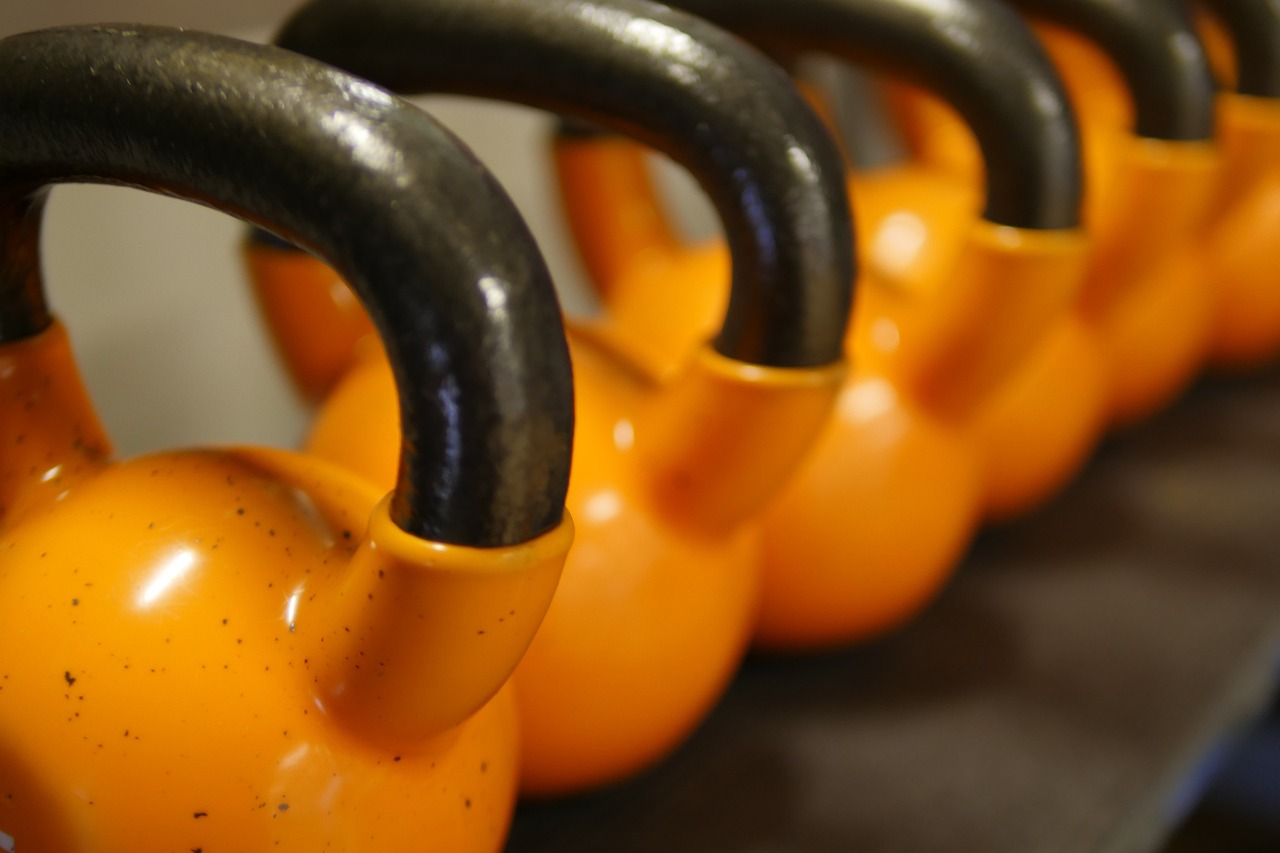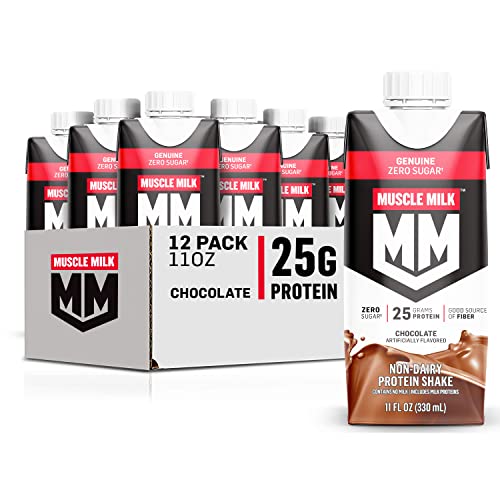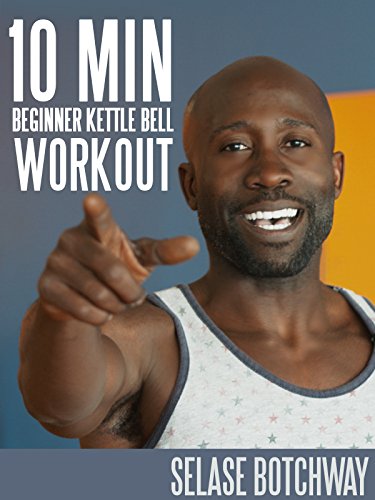Kettlebells for Ultimate Fitness and Strength
Find the Best Kettlebells for Your Fitness Journey at Kettlebells.shopping
Browse ProductsFeatured products
View All Featured Products
Best Naturals BCAA Branch Chain Amino Acid, 3200mg...
Product Review Score
4.11 out of 5 stars
156 reviews$14.69
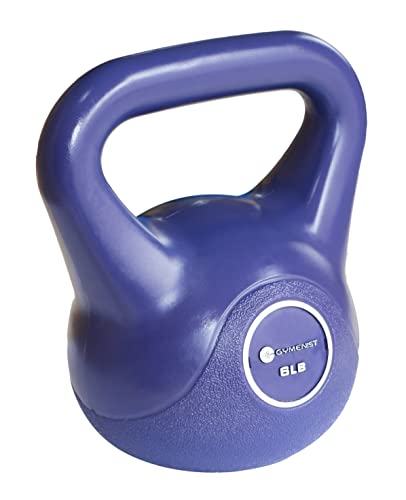
GYMENIST Exercise Kettlebell Fitness Workout Body...
Product Review Score
4.18 out of 5 stars
123 reviews$13.99
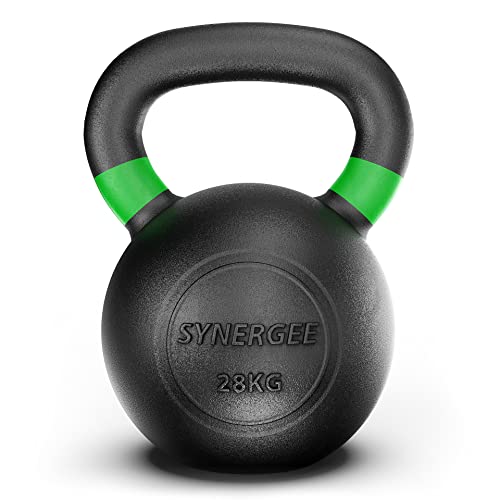
Synergee 28kg Cast Iron Kettlebell Weights for Str...
Product Review Score
4.52 out of 5 stars
161 reviews
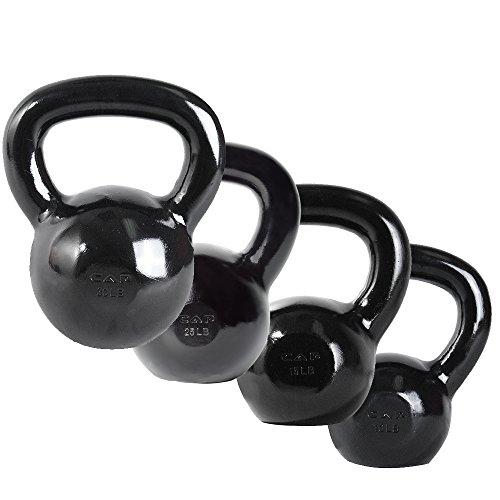
CAP Barbell Enamel Coated Cast Iron Kettlebell
Product Review Score
4.95 out of 5 stars
181 reviews$116.05
Save With Our Special Offers
Check out our best offers and discounts on top-quality items. Our offers change regularly, so make sure you don't miss out!
View Special OffersSome words from our happy customers
The remarkably cheap prices made me unsure at first, but everything transpired without a hitch. I saved more than I could at any other store!
Lizzie Lockman, Lyon, France
Unrivaled prices and impressively fast delivery have made me an absolutely delighted customer.
Tamara Zboncak, Hamilton, New Zealand
A recommendation from my friend led me to your store and it was a fantastic experience. I'm grateful for your wonderful service.
Domenic Lowe, Wellington, New Zealand
